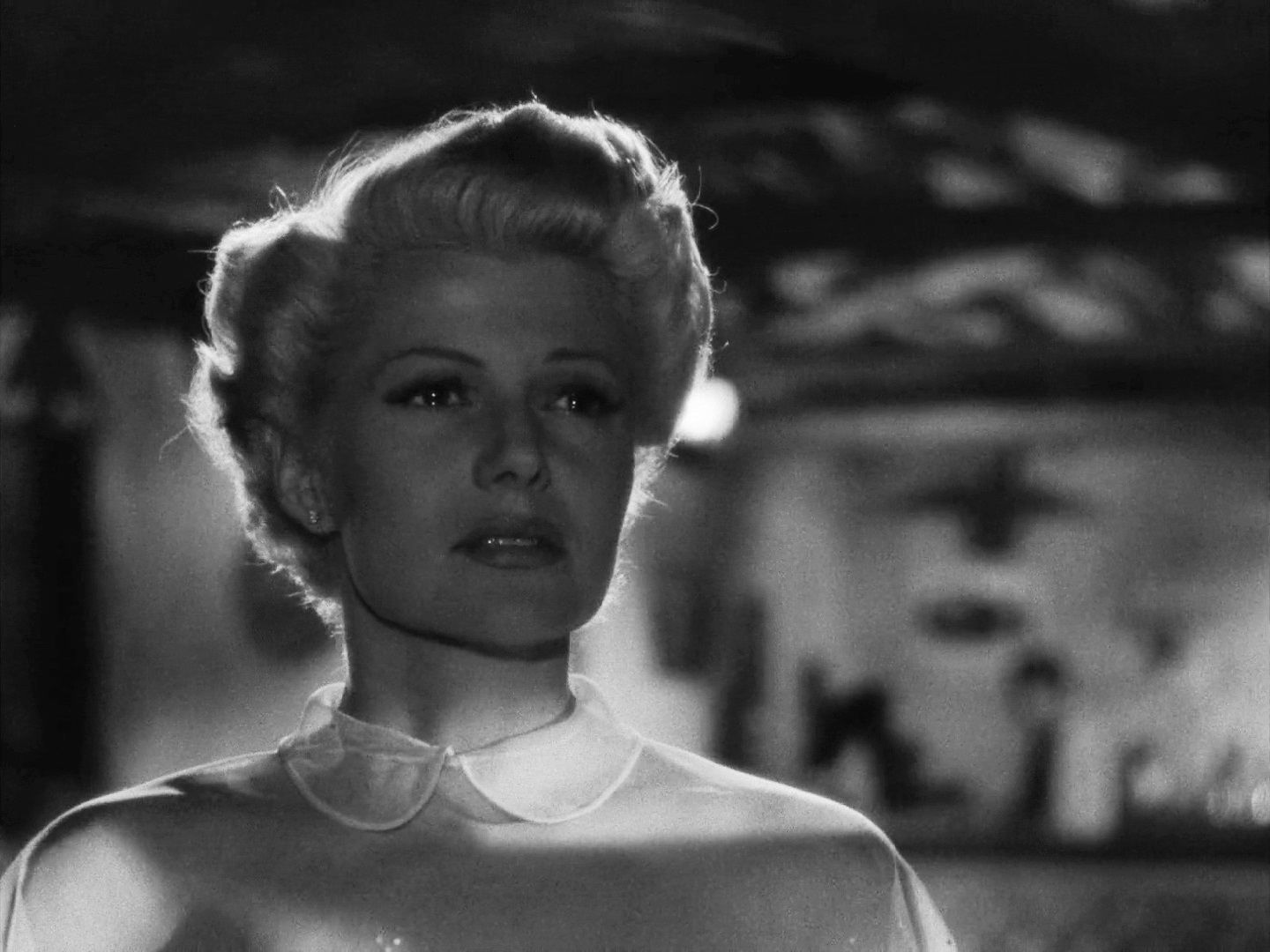Western noir:

'High Noon', 1952
Romance noir:

'Laura', 1944
Crime noir:

'The Big Heat', 1953
Detective noir:

'LA Confidential', 1997
'LA Confidential' is an example of the neo noir genre, which is a modern adaptation of film noir, as it translates to 'new black' from French. This genre is often seen in modern motion pictures and other forms that prominently utilise elements of film noir, but with updated themes, content, style, visual elements or media that were absent in films noir of the 1940s and 1950s.
Noir scenes are made from interesting camera angles and with dramatic close-ups and shadowed lighting. Smoke-filled rooms, light filtered through venetian blinds, seedy downtown areas with neon lights, and dark, wet, unsettling streets are frequently used to heighten the noir effect. Brightly lit scenes are not used in noir films since the desired effect is that of dreary hopelessness.
The characters of noir films include the main flawed protagonist, who is predominantly male. His flaw, which may be crime, adultery or weak-will etc, brings him to ruin, and he may become tainted by a dishonest deed and sent to his doom. He may also be brought down by a femme fatale character. Many flawed protagonists are detectives, taking the cases of mysterious women who draw them into a tangled maze of evil by making use of their hypnotic sensuality.

The femme fatale is most often portrayed as a beautiful woman who is cruel, dishonest and willing to do anything necessary to reach her ends. She uses the protagonist as a tool to help her accomplish some unsavoury deed, and the protagonist is powerless to refuse her. The distrust that the femme fatale holds for her pawn is also what brings her to destruction, as she is often killed off early in the film.

The redemptive woman is a pure and virtuous contrast to the femme fatale, and only wishes the best for the protagonist. However in this battle with the femme fatale, evil always triumphs. The protagonist is powerless to make the choice of the woman who is best for him.

Flashbacks are another facet of film noir, and are often presented as voiceovers which are narrated by the protagonist recounting, somewhat sarcastically, the reasons and details of his downfall. The plot of a film noir is circuitous and holds many surprises and unanswered questions for the viewer. Sometimes the resolution of the plot is left hanging, casting an even darker aura over the film.

'High Noon', 1952
Romance noir:

'Laura', 1944
Crime noir:

'The Big Heat', 1953
Detective noir:

'LA Confidential', 1997
'LA Confidential' is an example of the neo noir genre, which is a modern adaptation of film noir, as it translates to 'new black' from French. This genre is often seen in modern motion pictures and other forms that prominently utilise elements of film noir, but with updated themes, content, style, visual elements or media that were absent in films noir of the 1940s and 1950s.
Noir scenes are made from interesting camera angles and with dramatic close-ups and shadowed lighting. Smoke-filled rooms, light filtered through venetian blinds, seedy downtown areas with neon lights, and dark, wet, unsettling streets are frequently used to heighten the noir effect. Brightly lit scenes are not used in noir films since the desired effect is that of dreary hopelessness.
The characters of noir films include the main flawed protagonist, who is predominantly male. His flaw, which may be crime, adultery or weak-will etc, brings him to ruin, and he may become tainted by a dishonest deed and sent to his doom. He may also be brought down by a femme fatale character. Many flawed protagonists are detectives, taking the cases of mysterious women who draw them into a tangled maze of evil by making use of their hypnotic sensuality.
The femme fatale is most often portrayed as a beautiful woman who is cruel, dishonest and willing to do anything necessary to reach her ends. She uses the protagonist as a tool to help her accomplish some unsavoury deed, and the protagonist is powerless to refuse her. The distrust that the femme fatale holds for her pawn is also what brings her to destruction, as she is often killed off early in the film.

The redemptive woman is a pure and virtuous contrast to the femme fatale, and only wishes the best for the protagonist. However in this battle with the femme fatale, evil always triumphs. The protagonist is powerless to make the choice of the woman who is best for him.
Flashbacks are another facet of film noir, and are often presented as voiceovers which are narrated by the protagonist recounting, somewhat sarcastically, the reasons and details of his downfall. The plot of a film noir is circuitous and holds many surprises and unanswered questions for the viewer. Sometimes the resolution of the plot is left hanging, casting an even darker aura over the film.
No comments:
Post a Comment